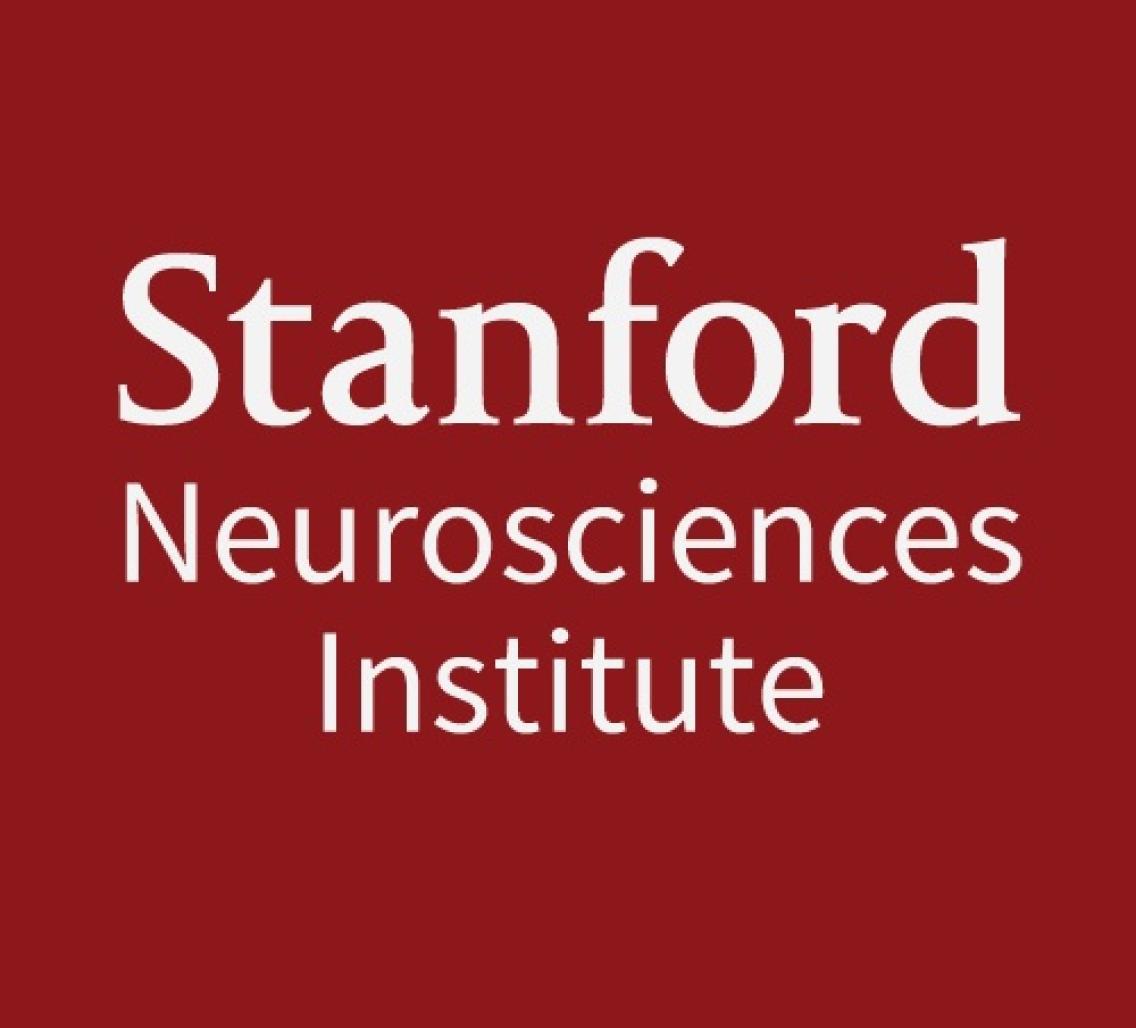Event Details:

Modeling and treating neural disease using human pluripotent stem cells
Lorenz Studer, MD Developmental Biology Program, Memorial Sloan Kettering Cancer Center
Host: Sergiu Pasca
Abstract
Human pluripotent stem cells represent a powerful tool for recreating disease phenotypes in vitro. Our group has demonstrated that such patient-specific disease models can yield insights into disease mechanisms and serve as platform for drug discovery. I will discuss progress on modeling several early-onset genetic disorders such as familial dysautonomia (FD), primary Herpes Simplex encephalitis (HSE) and Hirschsprung's disease (HD) including data on modeling disease severity. I will also discuss some of the challenges and potential solutions involved in modeling late-onset disorders such as Parkinson's disease (PD) that include questions on how to model and manipulate time and age in vitro. Furthermore, I will present data on recreating human enteric neuron development, diversity and function from human pluripotent stem cells. The enteric nervous system is often referred to as “second brain” due to its remarkable neuronal diversity and its ability to function autonomously of CNS inputs. In particular, I will discuss the use of in vitro derived enteric neurons for combined cell and drug based therapeutic interventions in models of HD.
Moving from preclinical towards potential clinical interventions, I will present our work using pluripotent stem cells as a clinical grade source of midbrain dopamine neurons for cell therapy in PD. We have previously shown that differentiation protocols that transit through a floor plate intermediate yield large numbers of authentic dopamine neurons from hESCs or hiPSCs. Current work is geared towards the prospective isolation of selective subtypes of midbrain dopamine neurons at the developmental stage optimal for cell therapy and promoting graft integration in vivo by engineering the cell surface properties of the transplanted dopamine neurons. All those studies are performed under conditions suitable for implementation into early stage clinical trials. An important open question for any transplantation paradigm to the central nervous system is the mechanism of graft action. Using in vivo optogenetic studies in Parkinsonian mice, we have started to probe - in real time - the role of human neuronal activity and graft integration in triggering behavioral recovery. In conclusion, my presentation explores the potential of human pluripotent stem cells both as a tool for drug discovery and as a vehicle for developing novel cell therapy approaches in PD and beyond.